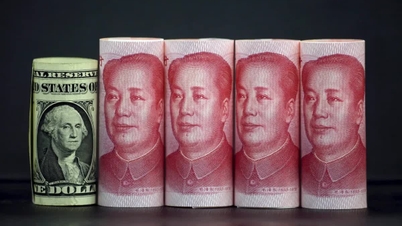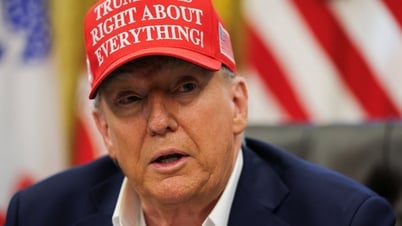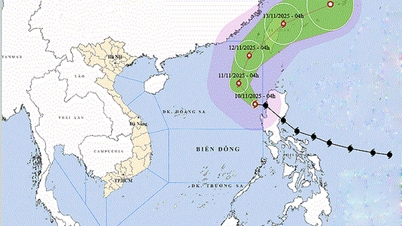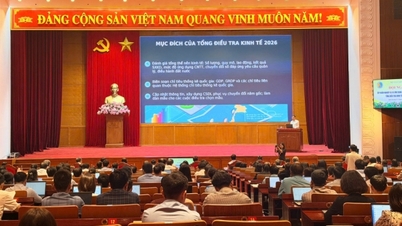The move comes amid rapidly changing tariff policies and fiscal priorities from the Trump administration that have left the US' economic outlook uncertain.

From Washington to London, policymakers representing about 40% of the global economy are on edge as they assess the risks to growth and inflation from tariffs and disrupted trade flows.
Escalating tensions in the Middle East have added to their confusion. The Organisation for Economic Co-operation and Development (OECD) has downgraded its global growth forecast and warned that trade protectionism is contributing to rising inflationary pressures.
Investors will be focused on the interest rate decision at the Fed's policy meeting on June 18, with expectations that the key interest rate will remain unchanged, despite criticism from President Donald Trump, who has repeatedly called for the Fed to cut its benchmark interest rate by a full percentage point.
Fed officials have signaled they won't cut interest rates from current levels because of concerns that President Donald Trump's tariff policies will cause a return of high inflation after it has moved closer to its 2% target range.
Recent economic data shows the job market remains strong and inflation remains low, giving the Fed more reason to wait.
"No Federal Open Market Committee (FOMC) officials support a change in policy, so it is likely that the Fed will decide to keep interest rates unchanged," said Michael Feroli, chief economist at JPMorgan Chase in the US.
FOMC members want to know how the economy will react to the White House's tariffs before making any policy moves.
Tariffs pose a threat to the Fed's dual mandate of keeping inflation low and employment high, because import duties not only push up prices but can also damage the economy, potentially pushing unemployment higher.
If inflation proves to be a bigger threat, the Fed could keep interest rates higher for longer or could cut rates if the job market shows signs of collapsing.
The likelihood of a Fed rate cut this summer is fading, with more officials holding off on taking action. But President Donald Trump has argued that keeping the federal funds rate too high would make it harder for businesses and consumers to borrow, adding to the strain on the U.S. economy.
The federal funds rate is the Fed's main tool for implementing monetary policy and regulating the economy. The Fed has cut rates to near zero to support the world's No. 1 economy during the pandemic and raised them to a two-decade high from 2022 in the fight against inflation.
Earlier this June, Fed Governor Christopher Waller said a rate cut could still happen later this year if tariffs stabilize at low levels within likely ranges, core inflation continues to move closer to the 2% target and the job market remains strong.
Data on June 11 showed that US consumer prices rose less than expected in May, prompting traders to increase bets on the possibility of the Fed cutting interest rates at its policy meeting in September.
The Trump administration's rapid and shifting tariff moves have policymakers cautious, waiting for more data to fully assess the impact of new trade barriers before continuing to adjust monetary policy.
All eyes will be on Fed Chairman Jerome Powell's summary of economic projections released at this week's meeting for clues on the direction of the Fed going forward. Powell's comments are key to addressing issues such as inflation risks and global uncertainty.
According to forecasts, from now until June 2026, the Fed will reduce the benchmark interest rate by a total of 100 basis points, to the range of 3.25-3.5%.
(According to CNBC, Investopedia)
Source: https://hanoimoi.vn/fed-du-kien-giu-nguyen-lai-suat-than-trong-truoc-chinh-sach-thue-quan-705924.html





































































































![Dong Nai OCOP transition: [Article 3] Linking tourism with OCOP product consumption](https://vphoto.vietnam.vn/thumb/402x226/vietnam/resource/IMAGE/2025/11/10/1762739199309_1324-2740-7_n-162543_981.jpeg)













Comment (0)